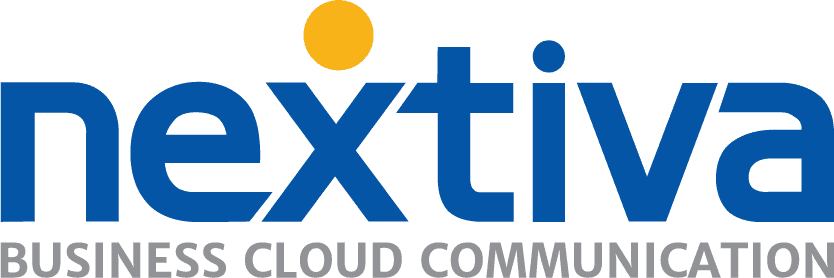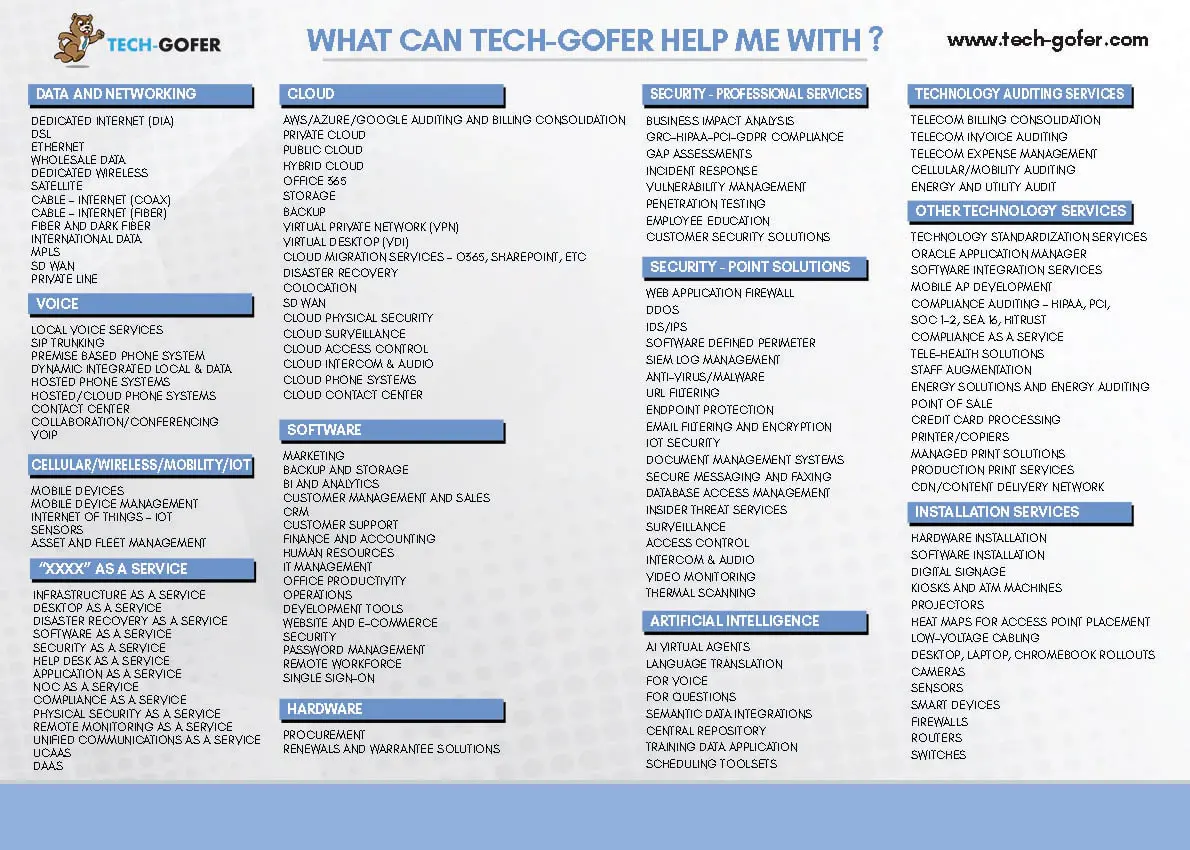
23 Apr 2021
Telecom Expense Management (TEM) refers to a business operation in which a corporation tries to decrease the amount it spends on telecommunication services. Telecommunication services comprise cellular phones and landlines, data such as the internet in addition to wireless systems, such as two-way radios. Spending on these services diverges from company to company with some companies spending much additional on them than other similar companies.
Telecom Expense Management is principally an audit where possible savings are considered using various means. Some small companies hire manual auditing where an employee physically calculates all expenses of the current solution and compares them with the expenses of alternate solutions to make a draft of possible savings.
Telecom Expense Management services can be utilized by any company irrespective of the business it conducts. However, call centers debatably give the most significance to TEM as telecom charges are one of the main expenses of call centers and if these charges are condensed even by a slight but significant margin, profits can increase extremely.
Q: How TEM can Lower Your Costs:
A telecom expense management (TEM) program is reliant upon an exact telecommunications service inventory. The telecom inventory is the basis for several diverse telecom management activities, for example, adds and changes, carrier spending levels, tracking moves, and network optimization. Without an exact telecommunications catalog, your TEM program will only be partly effective. By acting upon these three inventory interrelated activities, you can get the maximum out of your telecom expense management program.
Accurate inventories also let a telecom team regulate communications network optimization reviews. By doing a comparison of services crossways your locations, costs crossways telecom carriers, kinds of service for diverse users, etc, the telecom team can make sure that their end-users have a reliable experience and have access to the most fruitful telecom resources. These optimization reviews, particularly when supported by a TEM platform, are a speedy way to certify that expenses and technology are assigned across the organization professionally.When an exact inventory supports a program by telecom expense management companies, the level of examination, the efficiency of the program, and the expenditures reduced can all be exploited. A TEM platform precisely designed for such activities lets real-time and repetitive analytics support the telecommunication group’s exertions.
Track MACDs. A MACD (Moves, Adds, Changes, and Disconnections) directive is one of the most complex activities for an expense management program to trail. Carrier provisioning systems produce several service classifications that create diverse inventory management and telecom billing assurance trials. Archetypal status types comprise ordered, connected but not turned up, in service and billing, annulled but still operating, detached awaiting final bill, and detached not billing.These diverse network service statuses required to be pursued for each service order placed so your team can regulate when a service is functioning and accountability has passed from telecom carrier provisioning to customer care when you should assume to realize the first billing when the carrier should stop billing you for a service and so on. Deprived of an exact telecom inventory and a telecom inventory tracking system, the trial of handling telecommunications changes is gigantic.
Managing your carrier spending level is an additional important facet of an operative TEM program. Precise telecom inventory records support you in managing carrier spend by screening you that you can move from one telecom carrier to an alternative and how that will affect your expenditure with the particular carriers. Moreover, an effective telecom expense management podium will let you screen your telecom carrier expenses to make sure that you remain in obedience to telecom carrier agreements.
The Top TEM Difficulties:
According to experts Most businesses spend thousands of dollars yearly by not managing their telecom expenses in an accurate, centralized, and more standardized manner. With repeatedly changing catalogs, complex billing for an extensive range of services, and puzzling contracts, TEM is complex and difficult to manage. But, with telecom and connected network services accounting for almost 4% of company income in many belongings, this is much big a number and too imperative a service for you to manage manually or poorer, not manage whatsoever. Avoid the following TEM Difficulties:
- Wrong Telecom Inventory:
The deficiency of an exact inventory is the major difficulty to managing telecom expenses. Telecom inventory is a moving goal with regular Move/Add/Change/Disconnect (MACD) activity that must be submissive with actual billing. Frequently, service separate billing is not removed from invoices, triggering overspending. There might similarly be errors in timing on a bill for when a service has been added, changed, or detached. Or, improper pricing may be functional to new services. Recognize your inventory and robotically legalize it. Telecom expense inventory desires to be stored in one place so that you have true process proficiency, expenditure validation, and reporting constancy. An accurate inventory offers the starting point for corroborative charges such as closed locations or amenities that have reduced services because of downsizing. This might seem like a discouraging exercise at the start, but with a solid TEM solution in place, you won’t have to do it yourself.
- Disconnected Telecom Data/Functional Groups:
Diverse functional groups regularly do not recognize how their telecom expense solutions influence others. The finding might negotiate contracts with the lowermost priced provider, but billing or service maybe not good. Groups that are accountable for validating charges possibly will find they can accomplish better results if they submit disputes earlier than accounts payable pays the bill. There may be opportunities to partner with gaining to secure better results when the inspection group negotiates big claims with carriers. Unite diverse functional groups involved with telecom counting:
- Accounts Payable Bill Payment
- Optimization and validation of Expense Management
- Inventory Management and Change Control
- Invoice Management
- Service Order Management
- Labor Intensive Telecom Invoice Processing:
Businesses and Enterprises possibly will not be clever to eliminate all of the bills that are received in paper form, but decreasing the time consumed on strategic labor severe activities of processing paper invoices can be a great time saver. Streamlining manual paper bills progresses with automatic electronic billing similarly improves accurateness of the data that is arrived into the system. It decreases the time to process statements and payment supports. This can remove late payment consequences and business disruptions that consequence from unrestrained service disconnects. Most carriers offer electronic billing via EDI, CD ROM, or web downloads. An active Telecom Expense Management solution offers invoice management that mixes electronic billing to make the process simpler. Billing data is entered into a central repository that flags missing bills and streamlines labor-intensive bill processing actions. On the other hand, organizations can subcontract this function to a Telecom Expense Management services provider and progress internal staff on higher-value happenings.
- Manual Telecom Invoice Validation:
Billing errors arise as telecom services comprise some of the most composite charges of altogether invoices the enterprise takes. The charges comprise tangible resources (circuits and lines) with dispersed inventory spread over manifold locations and imperceptible services. Most organizations are physically validating thousands of line items for each telecom bill they take. Or inferior, no one authenticates expenses, and errors are slithering by unnoticed. Error rates vary from high volume, low dollar value invoices to more expensive bills for data and inventory items. With cuts in employees, changes in technology, and changes in billing platforms, telecom carriers do not have the possessions to legalize billing. This has resulted in the need for organizations to proactively authenticate and resolve billing mistakes with their vendor. Best telecom expense management companies’ powers invoice validation to classify billing errors as they arise.
The Results: During the changeover, an effective TEM program classifies your company’s telecom inventory and the planned usage for each line or service. Some customers recognized over 50 outdated lines, resultant in yearly savings of approximately $20,000. Moreover, the TEM program originates lines that did not fit into the client and attained yearly savings of nearly $4,000 by disconnecting these services. General, an appropriately applied Telecom Expense Management Program averages a 20-30% savings for the customer.
Conclusion: Managing telecom expenses is composite and stimulating. An operative TEM solution can assist you in avoiding the most communal expense management drawbacks by unifying inventory, cultivating visibility, rationalizing invoice processing, automating invoice authentication, and monitoring spending.
FAQs:
Q: How TEM can reduce Your expenses?
Expense management solutions are reliant upon an exact telecommunications service inventory. The telecom inventory is the basis for several diverse telecom management activities, for example, adds and changes, carrier spending levels, tracking moves, and network optimization. Without an exact telecommunications catalog, your TEM program will only be partly effective. By acting upon the Expert’s guide, you can achieve your saving goals.
Q: What is a TEM provider?
A TEM vendor offers Telecom Expense Management services and, if done well, much additional than that. Professional TEM providers understood that enterprises required help in conducting dispute management, managing telecom expenses, paying invoices, and recouping overcharges, all while working to decrease sufficient costs.








